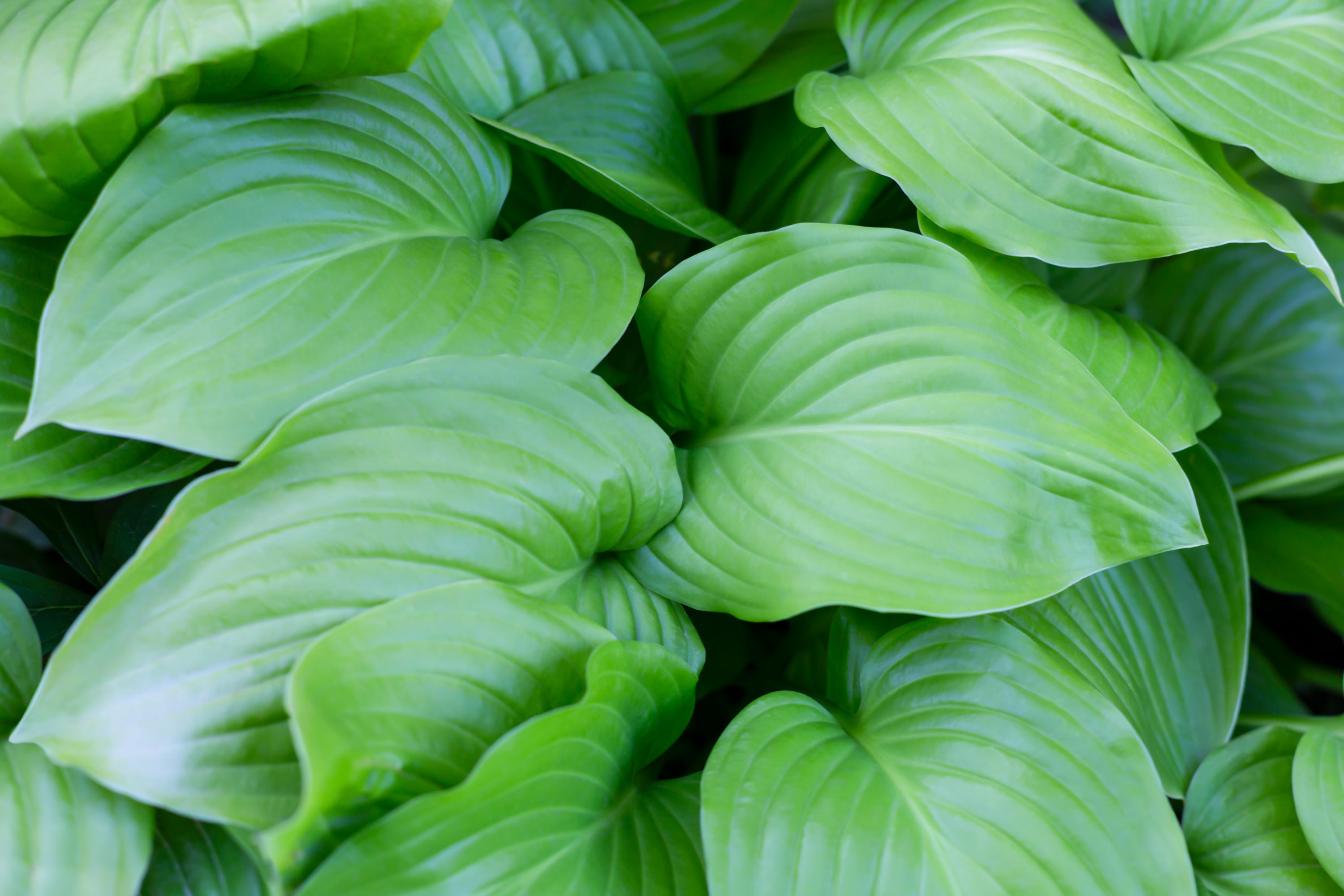August lily
(Hosta plantaginea)

Description
Hosta plantaginea, commonly known as August lily, is a species of herbaceous perennial plant that belongs to the family Asparagaceae. This plant is native to China, Korea, and Japan, where it is commonly found growing in forests and on mountainsides. Hosta plantaginea is a popular garden plant, appreciated for its beautiful foliage, attractive flowers, and ease of care. Description: Hosta plantaginea grows from a rhizome and forms a dense clump of foliage that typically reaches a height of 45-60 cm and a spread of 60-90 cm. The leaves are large, ovate to heart-shaped, with a glossy texture and a deep green color. The leaves can grow up to 30-40 cm long and 20-25 cm wide. The flowers of Hosta plantaginea are fragrant, white, and trumpet-shaped, with a diameter of 6-7 cm. The flowers are borne on tall stalks that rise above the foliage in late summer, usually in August, hence the common name “August lily.” Cultivation: Hosta plantaginea is an easy-to-grow plant that prefers partial shade to full shade and moist, well-drained soil. The plant can tolerate a wide range of soil types, but it prefers rich, organic soil that is slightly acidic. Hosta plantaginea is hardy in USDA zones 3-8 and can survive winter temperatures as low as -40°C. Propagation: Hosta plantaginea can be propagated by division or by seed. Division is the easiest and most common method of propagation. It is best to divide the plant in early spring before new growth begins. Dig up the plant and carefully separate the rhizomes, making sure that each division has at least one healthy bud. Replant the divisions in prepared soil and water thoroughly. Hosta plantaginea can also be propagated by seed, but it requires some patience and skill. Collect ripe seed pods in late summer and sow them in trays or pots filled with moist seed compost. Keep the trays or pots in a warm, bright place, and water regularly. The seedlings should germinate within 2-3 weeks. When the seedlings are large enough to handle, transplant them into individual pots or directly into the garden. Pests and Diseases: Hosta plantaginea is generally a healthy plant that is resistant to most pests and diseases. However, it can be susceptible to slugs and snails, which can damage the foliage and flowers. To control slugs and snails, use slug pellets or other forms of slug control, such as copper tape or barriers. Hosta plantaginea can also be affected by foliar nematodes, which cause yellowing and distortion of the leaves. To prevent foliar nematodes, avoid planting Hosta plantaginea near other plants that are susceptible to the nematodes, such as iris or daylily. Uses: Hosta plantaginea is a popular garden plant that is valued for its attractive foliage and fragrant flowers. The plant is often used as a ground cover, in borders, or as a specimen plant. The large leaves of Hosta plantaginea provide an excellent backdrop for other plants and add a lush, tropical feel to the garden. The fragrant flowers of Hosta plantaginea are highly prized and can be used in cut flower arrangements or left on the plant for their ornamental value. In conclusion, Hosta plantaginea is a beautiful and easy-to-grow plant that is highly valued by gardeners for its attractive foliage and fragrant flowers. With proper care, Hosta plantaginea can thrive in almost any garden and provide many years of enjoyment.
Taxonomic tree:







